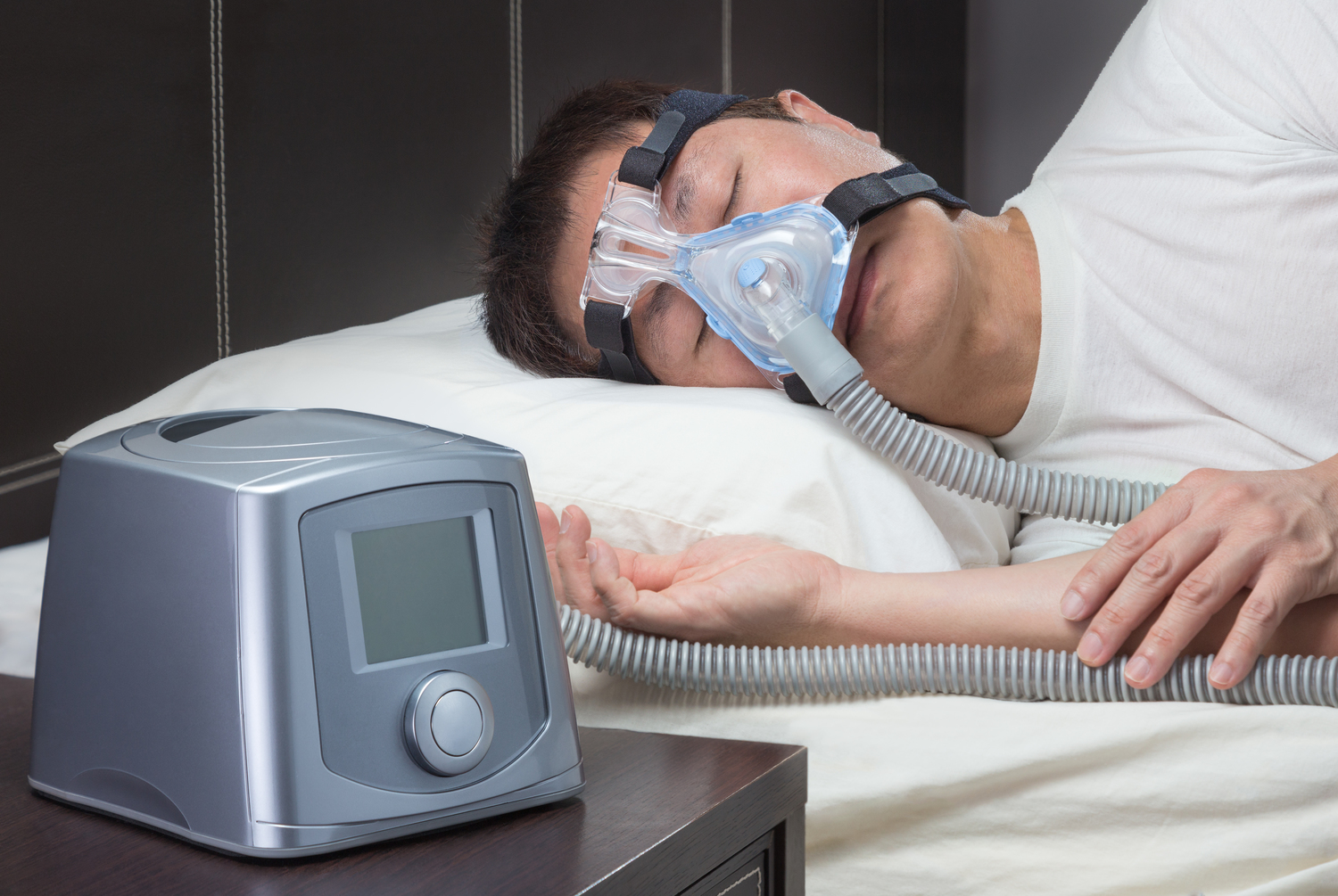
Different Types of Sleep Apnea
Sleep apnea is a common nighttime breathing disorder that can affect men and women of all ages and across races. This disorder is usually ignored as it is confused to be a simple occurrence or misdiagnosed as excessive snoring. Our throat muscles relax when we sleep, but in the case of sleep apnea, the muscles relax so much that they cause an obstruction in the windpipe causing problems in breathing. Sleep apnea can be classified into three types:
1. Obstructive sleep apnea
When the throat muscles relax during sleep and cause complete or partial blockage of the airways, making it difficult to breathe, it is called obstructive sleep apnea. This is the most common form of apnea disorder. Symptoms include snoring, restless sleep, headaches, depression, daytime sleepiness. Family history, age, obesity, smoking, and drinking are some causes for developing this type of sleep apnea.
2. Central sleep apnea
This disorder is caused due to temporary communication problems between the brain and the muscles that control breathing. Shortness of breath, fatigue, mood swings are some common symptoms of central sleep apnea. People with a history of heart disease, brain tumors, high blood pressure, and diabetes are at an increased risk of developing central sleep apnea. Other causes are Parkinson’s disease, certain medical conditions, and side-effects of medications.
3. Complex sleep apnea
This type of sleep apnea is a combination of both obstructive and central sleep apnea and is difficult to diagnose. Signs shown by people suffering from this disorder are loud snoring, insomnia, difficulty in concentrating and a dry mouth when one wakes up.
4. Treating sleep apnea
The diagnosis of sleep apnea can be done by taking into account the medical history, any medical conditions or medications that one is on, sleep patterns, and a physical examination. Some of the treatments for sleep apnea include the following methods.
Lifestyle changes such as:
- Weight loss
- Quitting smoking and drinking
- Regular exercise
- Maintaining a sleep routine
- Avoiding sleeping on your back as it causes airway blockage
- Use nasal drops before going to sleep to help reduce the obstruction in the airways
Another of the many treatments for sleep apnea is throat exercises that help strengthen the muscles that control breathing and reduces the symptoms of this condition. A few other treatment methods that one can avail of include:
- A continuous positive airflow pressure (CPAP) refers to a machine that has a breathing mask that provides constant warm moist air to the nasal passage for uninterrupted breathing during sleep. A humidifier in the mask releases warm moist air and a filter helps to eliminate dust and air impurities.
- Other breathing devices as treatments for sleep apnea are expiratory positive airway pressure (EPAP), bilevel positive airway pressure (BPAP), and adaptive servo-ventilation (ASV).
- Mandibular advancement devices and tongue retaining devices are two common oral devices that are used as treatments for sleep apnea. These are fitted inside the mouth and help in regulating airflow during sleep.
- If none of the above-mentioned treatment methods work, then surgery is the only option to resolve the issues caused by this condition. Through surgery, the size of the airways is increased to enable easier flow of air.



